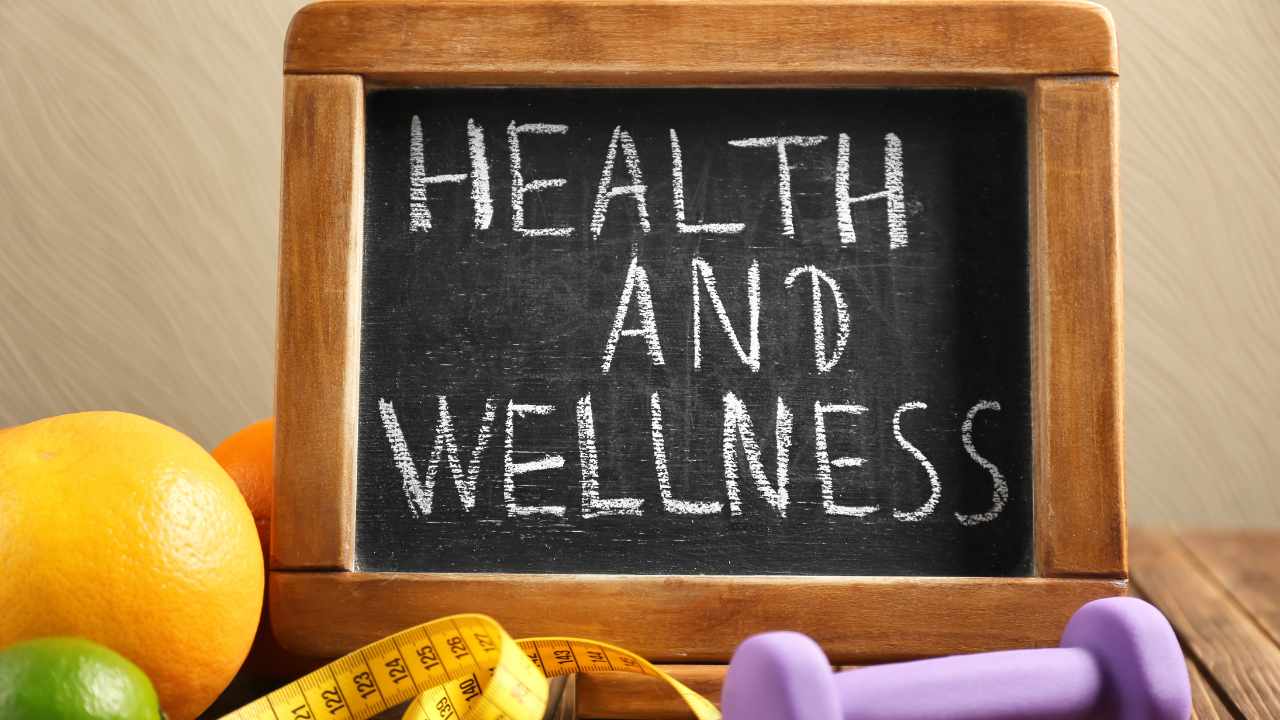In today’s fast-paced world, prioritizing health and wellness is more crucial than ever. With the abundance of information available online, it’s essential to discern credible advice from misinformation. This guide aims to provide you with evidence-based insights into achieving and maintaining optimal health and wellness in 2025.
Health & Wellness
Health refers to the state of complete physical, mental, and social well-being, not merely the absence of disease or infirmity. Wellness, on the other hand, is an active process of becoming aware of and making choices toward a healthy and fulfilling life. It encompasses various dimensions, including physical, emotional, intellectual, social, spiritual, and environmental well-being.
The Pillars of Health & Wellness
The foundation of a healthy and fulfilling life rests on several interconnected pillars. Understanding and actively nurturing each of these can lead to lasting improvements in your overall well-being.
Also Read
Physical Health
Maintaining physical health involves regular exercise, balanced nutrition, adequate sleep, and routine medical check-ups. Engaging in at least 150 minutes of moderate-intensity aerobic activity per week, as recommended by the World Health Organization (WHO), can significantly reduce the risk of chronic diseases.
Mental and Emotional Well-being
Mental health is integral to overall wellness. Practices such as mindfulness, meditation, and seeking therapy when needed can enhance emotional resilience. The National Institute of Mental Health (NIMH) offers resources and information on mental health conditions and treatments.
Nutrition and Diet
A balanced diet rich in fruits, vegetables, whole grains, lean proteins, and healthy fats is vital. Limiting processed foods, added sugars, and excessive sodium can prevent various health issues. The Harvard T.H. Chan School of Public Health provides comprehensive dietary guidelines and resources.
Preventive Healthcare
Regular screenings and vaccinations are essential components of preventive healthcare. Early detection of conditions like hypertension, diabetes, and certain cancers can lead to more effective management. The Centers for Disease Control and Prevention (CDC) outlines recommended preventive services for different age groups.
Social Connections
Strong social ties contribute to longevity and improved mental health. Engaging in community activities, maintaining relationships, and seeking support when needed are crucial aspects of wellness. The American Psychological Association (APA) discusses the impact of social connections on health.
Integrating Wellness into Daily Life
-
Mindfulness and Stress Management: Incorporate practices like deep breathing, yoga, or journaling to manage stress effectively.
-
Sleep Hygiene: Aim for 7-9 hours of quality sleep per night. Establish a consistent sleep schedule and create a restful environment.
-
Physical Activity: Find enjoyable forms of exercise, such as dancing, swimming, or hiking, to stay active consistently.
-
Healthy Eating Habits: Plan meals ahead, practice portion control, and stay hydrated throughout the day.
-
Continuous Learning: Engage in activities that stimulate the mind, such as reading, puzzles, or learning new skills.
Navigating Health Information Online
With the proliferation of health information online, it’s vital to consult reputable sources. Be cautious of anecdotal claims and always verify information through trusted organizations. The National Institutes of Health (NIH) and Mayo Clinic are excellent starting points for reliable health information.
Conclusion
Achieving optimal health and wellness is a multifaceted journey that requires commitment and informed choices. By focusing on the key pillars outlined above and staying informed through credible sources, you can lead a healthier, more fulfilling life in 2025 and beyond.
Frequently Asked Questions (FAQs)
Q1: How can I start incorporating wellness practices into my busy schedule?
A1: Begin with small, manageable changes, such as taking short walks during breaks, practicing deep breathing exercises, or preparing simple, healthy meals. Gradually build upon these habits as they become part of your routine.
Q2: What are some reliable sources for health and wellness information?
A2: Trusted sources include:
Q3: How does mental health impact physical health?
A3: Mental health significantly influences physical health. Chronic stress, anxiety, and depression can lead to physical symptoms such as fatigue, headaches, and weakened immune function. Addressing mental health is crucial for overall well-being.
Q4: Are there any recommended apps or tools for tracking wellness?
A4: Yes, several apps can help monitor various aspects of wellness:
-
MyFitnessPal: Tracks diet and exercise.
-
Headspace: Offers guided meditation and mindfulness exercises.
-
Sleep Cycle: Monitors sleep patterns and quality.
-
Fitbit: Tracks physical activity, heart rate, and sleep.
Q5: How often should I have health check-ups?
A5: The frequency of health check-ups depends on age, health status, and risk factors. Generally, an annual physical exam is recommended. Consult with your healthcare provider for personalized advice.





